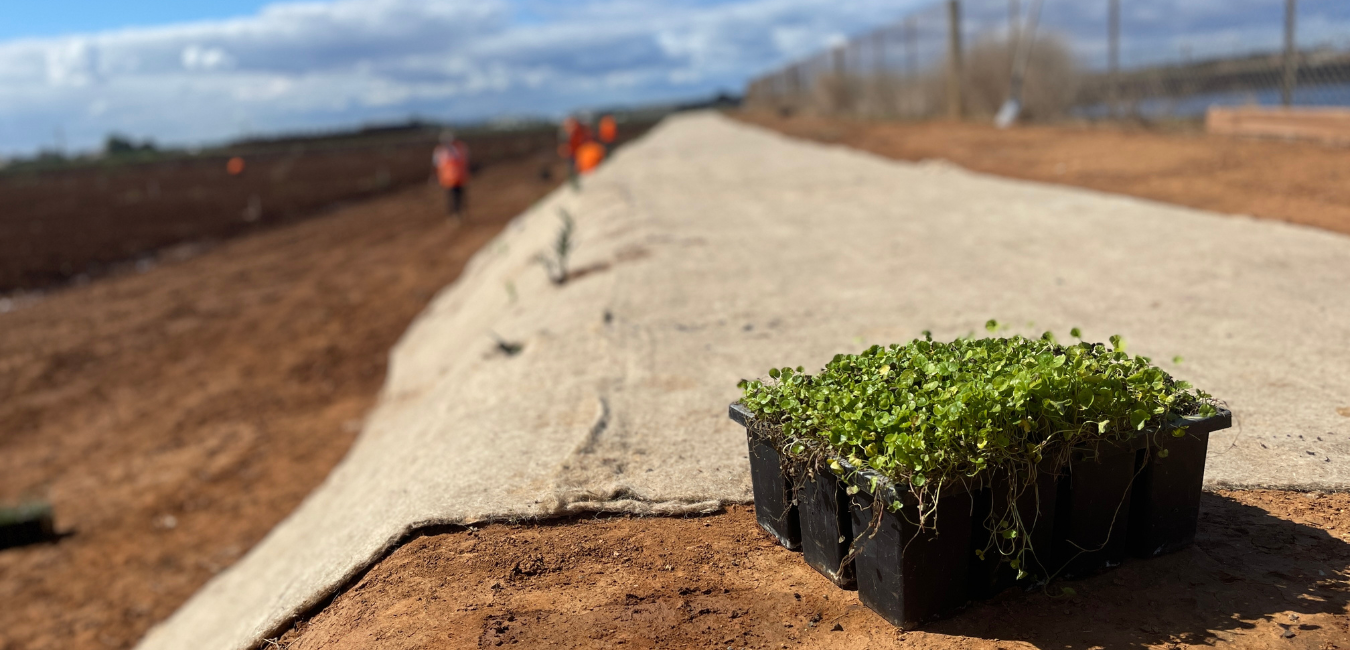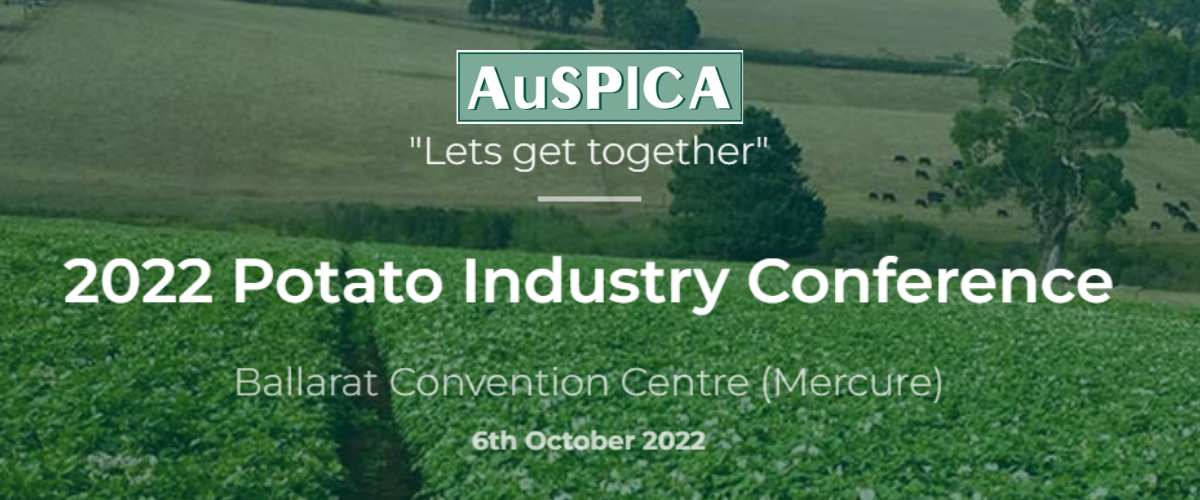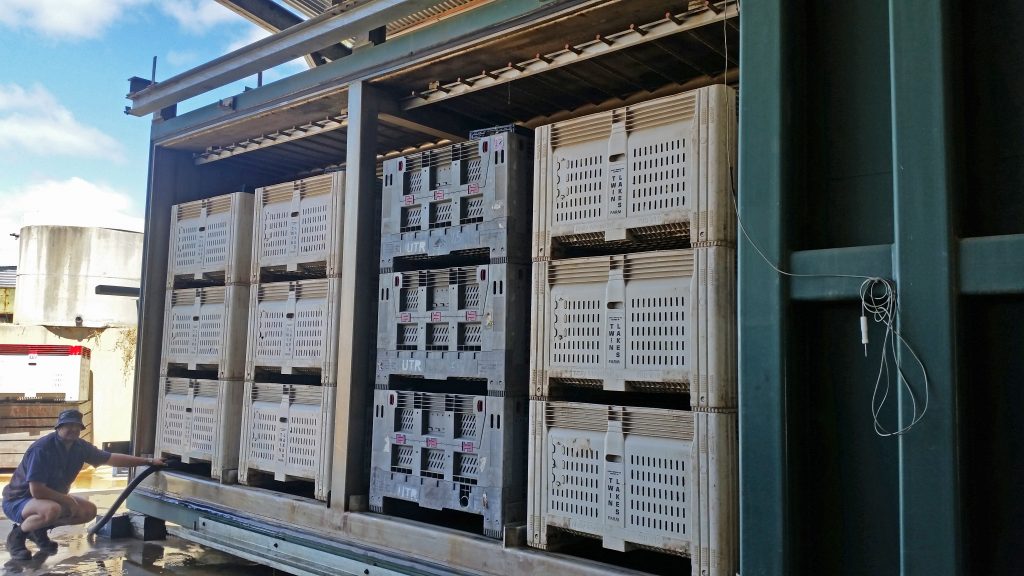
Two new Native Vegetation Insectaries successfully planted
20 September 2022
In-person event: R&D forum at AuSPICA Potato Industry Conference
27 September 2022From 2014-2017, a project was undertaken that investigated the cooling and packaging processes of broccoli. One of the activities looked at the effects of the freshness protection treatment ‘SmartFresh’ on broccoli storage and shelf-life. Western Australia broccoli grower Brad Ipsen was at the forefront of the SmartFresh trials and in this edition, he speaks to Vegetables Australia about his involvement and the positive outcomes so far.
Process improvements for preserving peak freshness in broccoli (2) (VG14062) was a strategic levy investment under the Hort Innovation Vegetable Fund. Led by Dr Jenny Ekman from Applied Horticultural Research, the project examined some of the factors that could increase or decrease the retail freshness of broccoli including harvest time, delay before cooling, cooling method and packaging materials.
One of the major outcomes of the project – which concluded in 2017 – is the introduction of the SmartFresh In-Box system. This is a formulation of 1-methylcyclopropene that blocks the receptors in the broccoli, preventing its ability to produce or respond to ethylene and slowing respiration – which, in turn, reduces post-harvest quality loss.
AgroFresh gathered the data required to register the new InBox formulation of 1-MCP for commercial use on broccoli in Australia, which was approved by the Australian Pesticides and Veterinary Medicines Authority (APVMA) earlier this year. It is now registered, and commercial uptake has commenced.
Grower involvement
Brad Ipsen is the first vegetable grower in Australia to use the SmartFresh In-Box system. Brad and his family run Twin Lakes – a mixed farming operation located in Manjimup, about 300 kilometres south of Perth. The main horticultural crop is broccoli, which is grown on 85 hectares between November and June. Twin Lakes also produces citrus, sheep and cattle.
Eight years ago, Brad met Dr Ekman when she was conducting a postharvest webinar. He says her presentation and extensive expertise had an immediate impact on his business.
“I left that meeting and spent around $400,000 on a hydro vacuum cooler. That was my first involvement with Jenny,” Brad reflects.
Dr Ekman then approached Brad to be involved in project VG14062.
“Jenny said ‘Brad, I think this is a good thing that you should try. You’re well set up to do it.’ She knew our farm and our processes,” Brad says.
“I didn’t have to question if the project was worthwhile, because Jenny has the academia in post-harvest of broccoli. We’re lucky in Australia to have a person of her knowledge and her education level. She is a tremendous resource.
“To me, Jenny’s like a God of broccoli.”
Addressing issues
Traditionally, broccoli has been packed in Styrofoam boxes with ice. This keeps broccoli cool and hydrated through the transport chain and looks good when the box is opened.
However, Brad explains that this system has disadvantages including cost.
“Making ice is an expensive operation. I’ve got a six-tonne ice machine and I’m shipping water around Australia and overseas,” he says.
Another challenge is maintaining freshness of the broccoli.
“The whole issue with ice is that people think that the broccoli sitting in that ice is fresh, because the ice hasn’t melted,” Brad says.
“Domestically in Western Australia, it’s never a problem because it sits in Perth in a cool room refrigerator but when you’re sending to the east coast for instance, you open the box, and the ice is all melted – so it’s not fresh. It doesn’t change the status of the product though.”
When broccoli sits in water, it can attract bugs that then deteriorate the shelf life of the broccoli, which Brad says is a big problem.
Finding a solution
During the project, Brad and the research team conducted SmartFresh trials that involved packing sachets of the 1-MCP into liners, placing them in either polystyrene or cardboard boxes and shipping them around WA and across the Nullarbor.
This produced encouraging results and earlier this year – once the product was registered and available to use – Twin Lakes received a commercial quantity and rolled out 2,000 cartons that included the sachets.
Customers were shocked to find the broccoli wasn’t being transported on ice.
“We told our customers that there would be no ice but then they’re on selling someone else who was wondering where the ice was,” Brad says.
Another benefit to using SmartFresh is environmental, with Twin Lakes moving away from polystyrene as it becomes less acceptable. Replacing ice with sachets means no sogginess or collapsing of cardboard boxes and Brad says he is confident that this new method will overcome these challenges, as well as deliver a fresher product.
“These things are going to need a fair bit of education to our customers that this is how it’s going to be. Because next year, polystyrene will probably be phased out in WA. I’m preparing for that,” Brad added.
Another challenge is controlling temperature.
“When you’re shipping the product, you need to have a good temperature-controlled environment. And if you can bring those two things together, it’s very exciting. But as I said, education is needed and we’ve done quite a bit of that to show when these potential advantages are,” Brad says.
“We’ve already seen that the product is fresher and crispier, and our customers within Australia and overseas have said that too.”
The levy at work
Brad says being involved in this project presented him with a first-hand look at an alternative way to send broccoli around Australia and the world. He recommends other growers become involved in levy-funded projects such as this if they are suitable and applicable to their farm or their operation, and they have a high degree of trust in the researchers.
“A lot of research is done without enough collaboration with the industry. And industry pays the funds that the Federal Government matches. Sometimes, growers need to show initiative,” Brad says.
“Once you pay your funds, you can’t get them back. You can’t go and say “hey, I haven’t used any research, send me a rebate on my funds.”
“It’s a non-discriminatory tax. When you’re paying a non-discriminatory tax and utilise it, it can be good. But you don’t want to just do it for another box to tick – I don’t think that’s the idea. I think it’s got to be applicable, and there’s got to be a high degree of trust between the grower and researchers.”
Brad acknowledges that not every project will be a success.
“Just because it’s an idea doesn’t mean it’s going to work. It’s like anything – two things have got to meet. I’m seeking a solution to lowering my shipping costs and increasing my units in a container, and there’s a creditable solution,” he says.
“This is an example of bringing good research and researchers into the commercial crossover with industry. As a levy payer, that’s what it’s about. I pay a levy to get a better commercial outcome.”
Developing the commercial product
Peter Vedeniapine is AgroFresh Account Manager – South Australia and Western Australia. AgroFresh is an agricultural company that conducts research to develop integrated solutions for freshness and quality in fruit and vegetables.
AgroFresh made mutual connections to Jenny through attending horticulture industry conferences and in 2014, she asked Peter to present the use of SmartFresh in broccoli to growers in Manjimup.
“During the meeting, we found that the room delivery system that we use for apples did not fit well with broccoli, and Jenny suggested that we use the sachet – now known as SmartFresh InBox – as the delivery system. Brad Ipsen was in the meeting, and he mentioned that if SmartFresh could be delivered using a sachet delivery system then growers would be able to use it,” he says.
There were challenges that took time and patience to work through.
“The metabolism study (residue data work) had to be done, which took time to complete but gave us the results we needed to continue – there were no residue issues,” Peter says.
“One time, due to weather in Victoria we could not get the quality of broccoli we wanted for the trials. We had to make do with what we could get.”
It was a long process to get from conception to registration and labelling, but now AgroFresh has the full label. This also includes other SmartFresh InBox suitable crops such as melon, tomatoes and cucumbers.
Peter explains how important it was to make sure the system was implemented correctly.
“The voice of the customer had stated that the sachet in the box delivery system was required so it could be adopted widely,” Peter says.
“At the time, approximately half of Australian broccoli was packed using polystyrene and topped with ice. This offered a big enough opportunity to replace something that was costly and created an environmental issue for retailers with something cheaper and did not. It was a win for growers as well as the environment – and a commercial opportunity for us.
“When you believe something is the right fit, to make it happen you have to make an all-out commitment to seeing it through.”
Find out more
The final report for this project is available on InfoVeg.
For more information about the research, please contact Dr Jenny Ekman on 0407 384 285 or email jenny.ekman@ahr.com.au.
This project has been funded by Hort Innovation using the vegetable research and development levy and contributions from the Australian Government.
Project Number: VG14062



